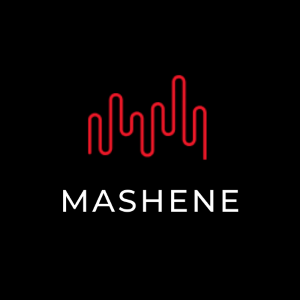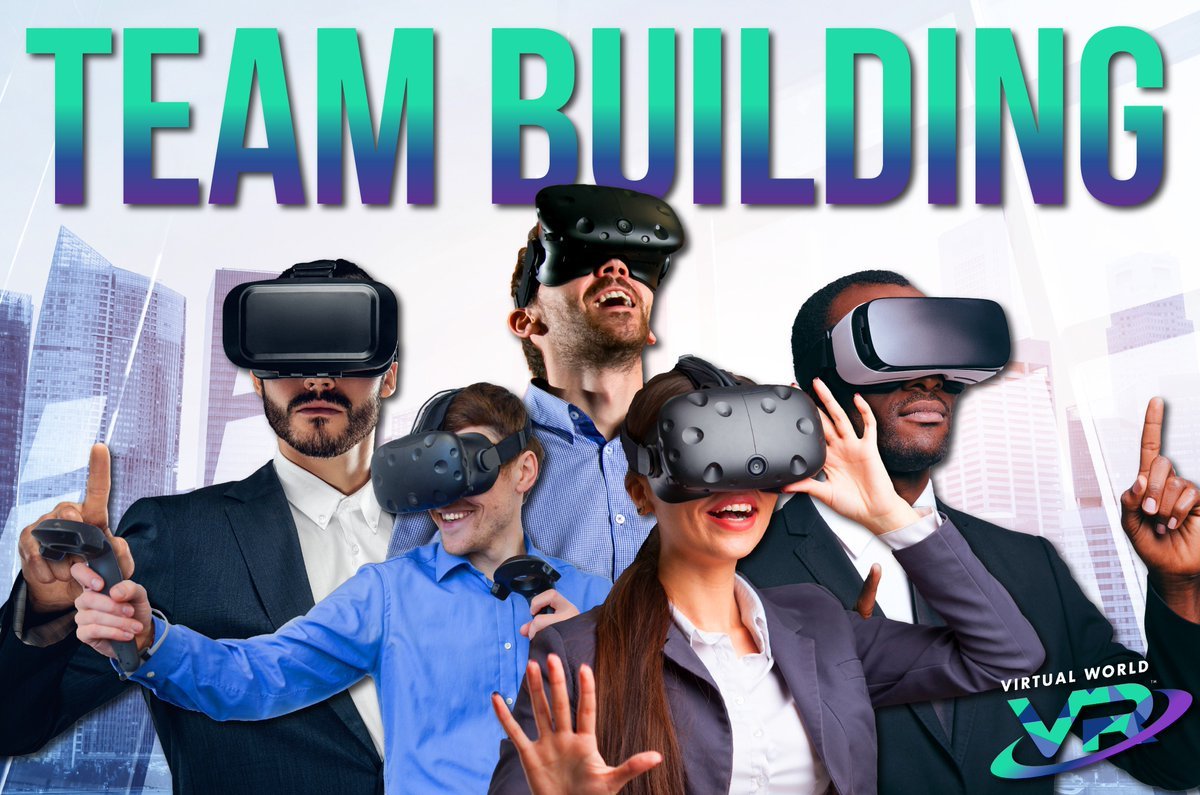Virtual reality (VR) technology has become increasingly popular in recent years, with a wide range of applications across various industries. One of these applications is in the field of team building, where VR can be used to create immersive and engaging experiences that promote communication, collaboration, and problem-solving among team members.
One of the key elements of any VR experience is the soundtrack, which can greatly enhance the overall atmosphere and immersion of the experience. However, using music in a VR team building activity requires obtaining the proper licenses to ensure that the rights holders of the music are compensated for the use of their work.
The first step in licensing music for use in a VR team building activity is to determine what type of license is needed. There are two main types of licenses for music: mechanical and synchronisation (sync) licenses. A mechanical license is required when music is being used as part of a product, such as a video game or a DVD, while a sync license is needed when music is being used in conjunction with visual media, such as a film or a commercial.
In the case of a VR team building activity, a sync license would be required. This is because the music is being used in conjunction with visual media (the VR experience) and is specifically timed to match the action on the screen.
Once the type of license required has been determined, the next step is to identify the rights holders of the music that will be used in the VR team building activity. This includes the songwriters, composers, and copyright holders of the music. This information can typically be found on the CD or digital album of the music, or by searching online databases such as ASCAP and BMI.
Once the rights holders have been identified, the next step is to contact them and request permission to use their music in the VR team building activity. This can be done through a licensing agent or directly with the rights holders themselves. In either case, it is important to provide detailed information about the VR team building activity, including the type of experience, the number of people who will be participating, and how the music will be used.
It is also important to negotiate a fair and reasonable fee for the use of the music. This will typically depend on the specific details of the VR team building activity and the popularity of the music being used.
Once the rights holders have been contacted, and the fee has been negotiated, a license agreement will need to be signed. This agreement will outline the terms and conditions of the license, including the rights granted, the duration of the license, and any other relevant details.
In addition, it is important to ensure that the music is used in accordance with the terms of the license agreement. This includes not using the music in any other way than as specified in the agreement and not using the music beyond the duration of the license.
In conclusion, licensing music for use in a VR team building activity is an important step in ensuring that the rights holders of the music are compensated for the use of their work. By determining the type of license required, identifying the rights holders, requesting permission and negotiating a fair fee, and signing a license agreement, you can ensure that the music used in your VR team building activity is fully licensed and legal.

Over 50 articles on “Sync Music Licensing” by Composer Tommy Mac: https://syncmusic.substack.com


Leave a Reply
You must be logged in to post a comment.